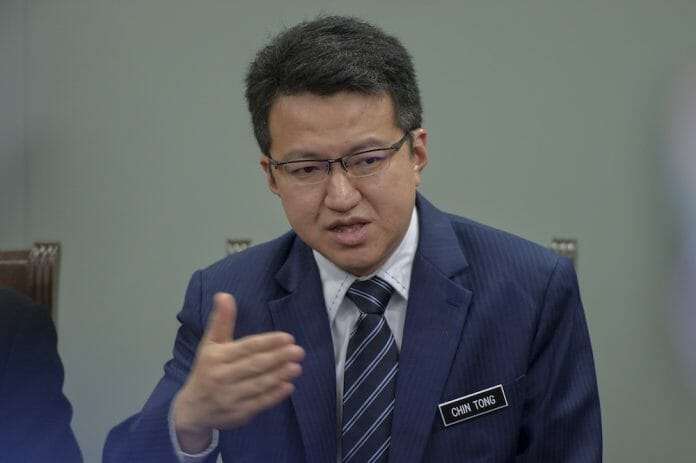The iron and steel industry are important yet delicate industry that requires a lot of attention from policymakers, said Deputy Minister of Investment, Trade And Industry (MITI) Liew Chin Tong today.
MITI is committed to working with the industry to overcome the scrap metal challenge, find ways to deal with shortages, and create a better ecosystem and a virtuous cycle rather than the current vicious cycle.
“The iron and steel industry is heavily influenced by global factors. Policy changes or market trends in China or the United States would have a huge “butterfly effect” on the profitability or even survival of the Malaysian steel industry.
“The construction industry and the real estate sector in China is undergoing an unprecedented structural shift. Demand for long products or construction steel throughout the world will therefore be affected for an extended period of time, maybe for years,” Liew said at the launching ceremony of The MISIF 15th Report On Status And Outlook of the Malaysian Iron And Steel Industry in Kuala Lumpur today.
Liew also acknowledged two other issues identified by the MISIF Report, namely low green technology adoption and limited access to quality scrap metal.
He said that until 2014, Malaysia produced steel entirely through electric arc furnaces (EAF), which emits less carbon. But in 2022, 72% of steel was produced through blast furnaces (BF). “If Malaysia aspires to push for net zero, we need a holistic and thorough mitigation and transition plan for the steel industry.”
Liew added that carbon pricing, trading, and taxing are crucial aspects of the decarbonisation agenda. The European Union will commence the imposition of a carbon border adjustment mechanism (CBAM) in 2026. Under CBAM, the export of steel and the other five listed items from Malaysia will be taxed by the EU, unless Malaysia collects the tax.
The nation will have to start pricing carbon to facilitate carbon trading, and at some point look at carbon taxing. These collections should then be channelled into green investment, including the investment into green steel.
Liew cited that global steel demand declined for the second consecutive year to 1,763 million MT in 2023. Therefore, regional analysis such as this provided by the MISIF Report is very important for policy makers and for the industry to make forward decisions.
“We will have to ask hard questions about how to overcome overcapacity challenges or prevent the worsening of overcapacity issues. According to a study by the South East Asia Iron and Steel Institute (SEAISI), the steel capacity will double between 2021 and 2026, with an estimated upcoming capacity of at least 70 million MT.
“It is alarming that Malaysia’s capacity utilisation of crude steel products (Billets / Blooms / Slabs) for 2023 stood at 39.1%, significantly lower than the global level of 75.7% and the ASEAN-6 level of 60.1%. However, flat products may have a brighter prospect given that there is a once-in-a-generation relocation of the supply chain, from the concentration of global manufacturing in China from 2001 to 2017 to substantial shifts into Southeast Asia now,” he said.
With more manufacturing activities in Southeast Asia, flat products commonly used in the automotive, heavy machineries and appliances industries should have a better prospect.
The Malaysian Iron and Steel Industry Federation (MISIF) published its 15th Report on Status and Outlook of the Malaysian Iron and Steel Industry 2024/2025 which is a biennial publication by MISIF, first published in 1994.
Since the Madani Government led by Prime Minister Datuk Seri Anwar Ibrahim came into office, MITI under the leadership of Minister Tengku Zafrul Abdul Aziz has been very proactive in anticipating the challenges faced by the iron and steel industry.
He cited a two-year moratorium on approval for all manufacturing activities relating to the iron and steel industry was issued by the Minister on 15 August 2023 to pave the way for all policies relating to the industry to be examined and for the sector to be reorganised.
“Minister Tengku Zafrul also established the Independent Committee for the Iron and Steel chaired by HSBC CEO Dato’ Omar Siddiq to look into the resilience and the sustainability of the steel industry. We are looking forward to the Committee’s Report to guide the Ministry and Government policies into the future.
Liew explained that MITI is also working with the Construction Industry Development Board (CIDB) and the Works Ministry to explore ways to enforce a more stringent localisation programme for government construction projects.
And, MITI is committed to work with the industry to overcome the scrap metal challenge, to find ways to deal with the shortages and to create a better ecosystem and a virtuous cycle rather than the current vicious cycle.









